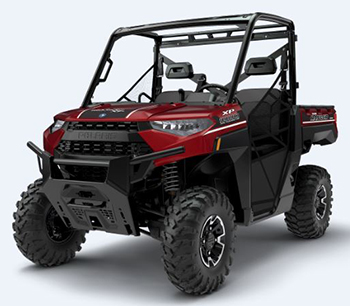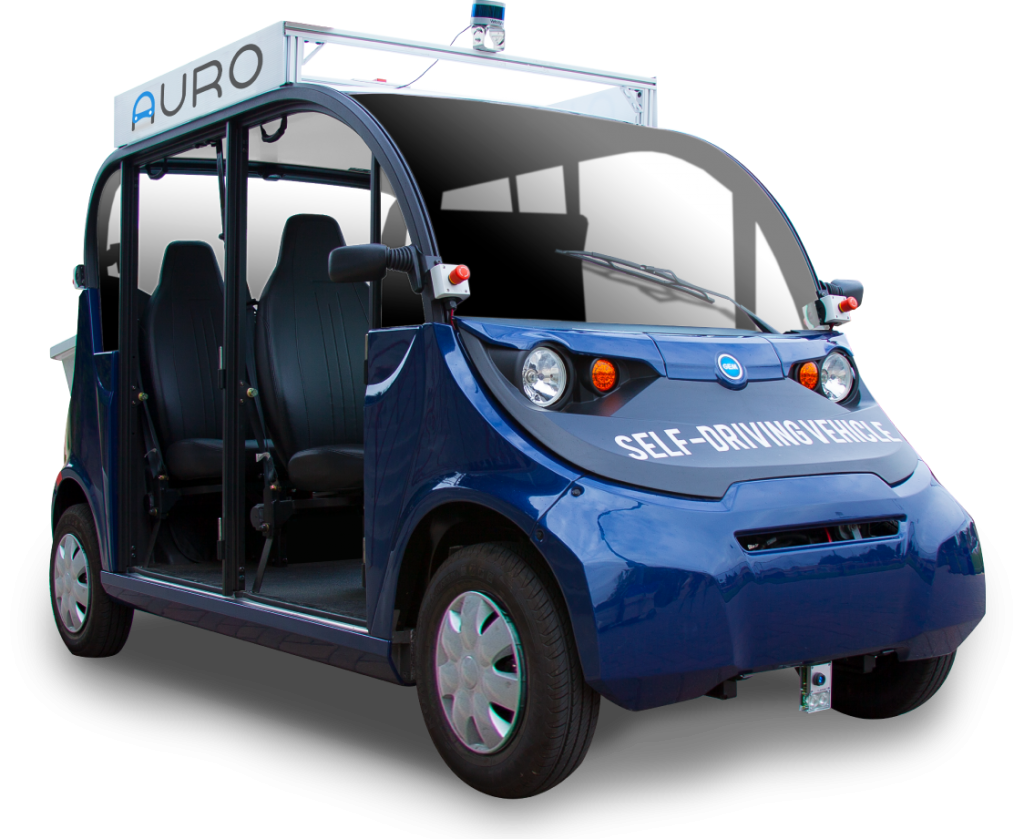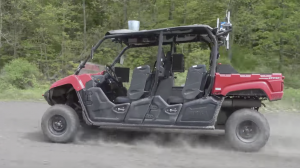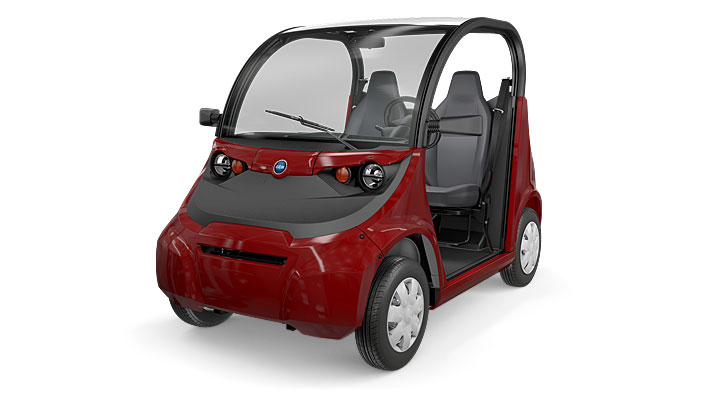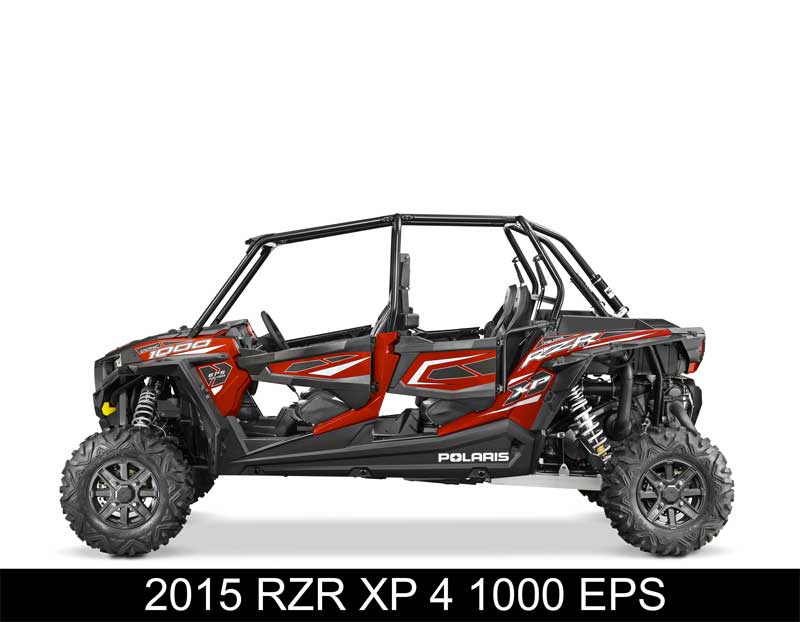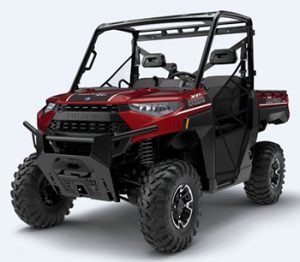
The 2018 Polaris Ranger XP 1000 EPS helped drive sales for the quarter and the year.
Polaris Industries reported quarterly revenue of $1.431 billion and annual revenue of $5.429 billion, representing increases of 18% and 20% respectively compared to last year. Adjusted earnings per share for the quarter increased 25% driven by higher volume, lower promotional spend and operating expense leverage. For the year a 39% increase in earnings per share was driven by a combination of increased volume, an improvement in gross margins and a lower tax rate.
The following are highlights of the earnings call related to small, task-oriented vehicles.
- ORV sales increased 14% in Q4 and 9% for the year
- Average ORV selling price was up 4% for the quarter
- ORV retail was up for the year but down for the 4th quarter as retail unit sales of Off-Road Vehicles were down just under 1%
- Ranger sales were up for the quarter with strong demand for the new Ranger XP 1000 lineup
- RZR sales declined for the quarter driven by “tapped demand and limited product availability”
- For the quarter the ramp up of Ranger and RZR production was slower than expected in part attributed to the new quality initiative. This manifested as a production issue with a four-wheel drive component on the Ranger XP 1000, which was originally not up to the company’s quality standard.
- Continued roll out RFM inventory and ordering system for side-by-sides and should be fully optimized by the second quarter
- North American industry side-by-side growth was strong in Q4 but ATVs down.
- Utility side of ORV is expected to grow but there is stiff competition on the RZR side which will not grow as much as competition increases
- Agriculture markets were down in the fourth quarter and oil markets were up slightly, but there was no “substantial shift” in buying patterns.
- In the side-by-side market decreased pricing is offset somewhat by decreased promotional costs and there is some commodity pricing pressures
- Australia was a strong market as buyers switch from ATVs to UTVs
- Global Adjacent Markets sales increased 19% in the fourth quarter, driven by strong growth in Aixam and Goupil, as well as continued strong sales growth in Government and Defense
- For the year Global Adjacent Markets revenue reached almost $400 million including PG&A
- Average selling price for Adjacent Markets increasing 14% for the quarter
- For the full year Global Adjacent Markets sales increased 16% with all business lines growing
- In Europe there is strong demand for small, inner-city delivery vehicles including electrics and that demand is increasing in the US as well
- “More autonomous activities with both the military and Taylor-Dunn platforms than anywhere else in the company”
Guidance for 2018
- Total company sales are expected to be up in the range of 3% to 5% with ORV market expected to be up
- ORV market share is expected to be stable with continued momentum from Ranger and General product lines
- ORV/Snowmobile sales are expected to be up low to mid-single digits with Snow about flat and ORV and PG&A sales up
- Global Adjacent Markets sales are expected to be up mid single-digit percent with growth expected in all businesses.
- The new long-term strategic targets for the company as a whole are 5% compounded annual growth rate for revenues and 15% for earnings
- Management will be focusing on cost leadership more while maintaining innovation
Learn more: Seekingalpha.com (Earnings Call Transcript)

